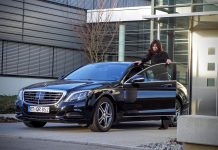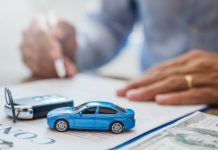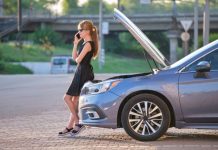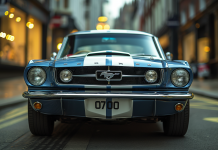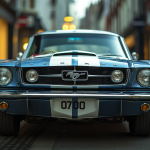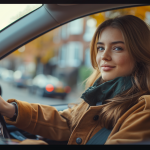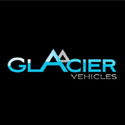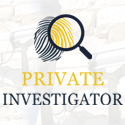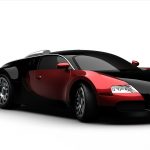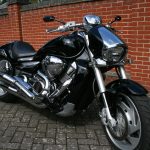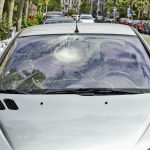A guide to the motorcycle test
Thursday, 26 July 2012 4:56 PM

There are two sections to the motorcycle practical test
Learning to ride a motorcycle will give you access to a low-cost form of transport and the prospect of a lifetime of enjoyable motoring. The process for gaining a licence can seem complicated because it involves a number of stages, but a little planning will help you through.
Once you have decided you wish to be a motorcyclist, you will need to apply for a provisional licence and then take the following steps.
Compulsory Basic Training
You will have to undertake Compulsory Basic Training (CBT) before you can head out on to the road to hone your skills. There are centres across the country that hold the courses, which include five separate elements.
The first is an overview, which involves checking that you have all the essential motorbike clothing and that your eyesight is good enough. You will then be shown basics, such as starting the engine and using a stand, before progressing to some practical on-site training, including changing gear, using brakes and turning.
You will take a lesson that covers on-road basics, such as being visible to other motorists, the Highway Code and hazard perception, before going out with an instructor, who will assess your ability to cope with traffic lights, junctions and riding on slopes.
Once the instructor is satisfied you can cope with learning alone, you will be awarded a CBT certificate of completion. This is valid for two years and entitles you to ride on the road with L plates, as well as permitting you to take the theory test.
Theory test
The theory test works in the same way as it does for car drivers, as there are two sections and you will need to pass both at the same session. The first is a multiple choice exam that you must achieve a score of 43 out of 50 on.
You will then be asked to sit a hazard perception test, which involves being shown video clips and being asked to identify a developing problem. Your score will depend on how quickly you spot and react to the issue, with a maximum of five points available for each hazard. You will need at least 44 out of 75 to pass.
Practical test – module one
Before you begin the practical test, the examiner will check you have the right safety clothing and an appropriate bike. Your machine will need to be between 75 and 125 cc, with a maximum power output of 11 kW, if you want to gain an A1 licence.
For an A2 licence, the machine you take your test on must be between 121 and 125 cc, and capable of achieving at least 62.5 mph. If you are using the direct access scheme to gain an unrestricted licence, you will require a motorbike with a power output of at least 35 kW.
Once you have satisfied the examiner you have all the correct equipment, you will be asked to perform a number of manoeuvres in an off-road environment. They include a U-turn, an emergency stop, cornering and a figure of eight. If you reach the required standard, you will receive a pass certificate.
Practical test – module two
The second part of the practical test – which you can only take after passing the first module – will begin with an eyesight test and questions about safety and balance. You will then undertake a road ride, during which the examiner will give you instructions via a radio.
To finish off, you will carry out a ten-minute independent ride in which you must take all the decisions about how to cope with traffic conditions. The examiner will follow you and assess your performance.
Should you reach the required standard in each element, you will pass and be given instructions on how to convert your provisional licence into a full one.




